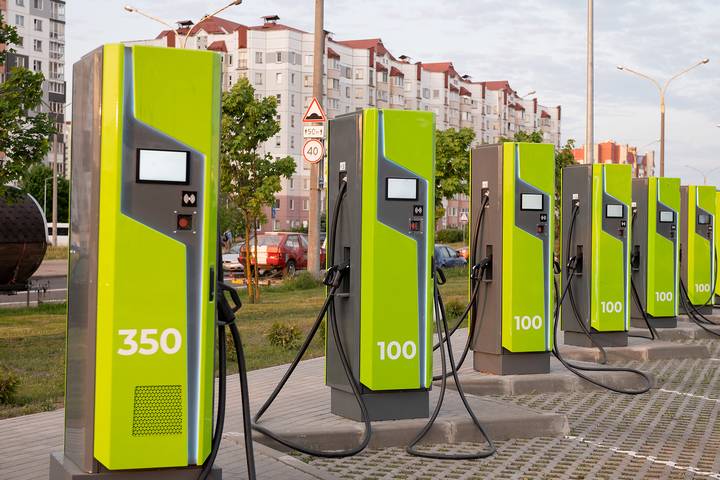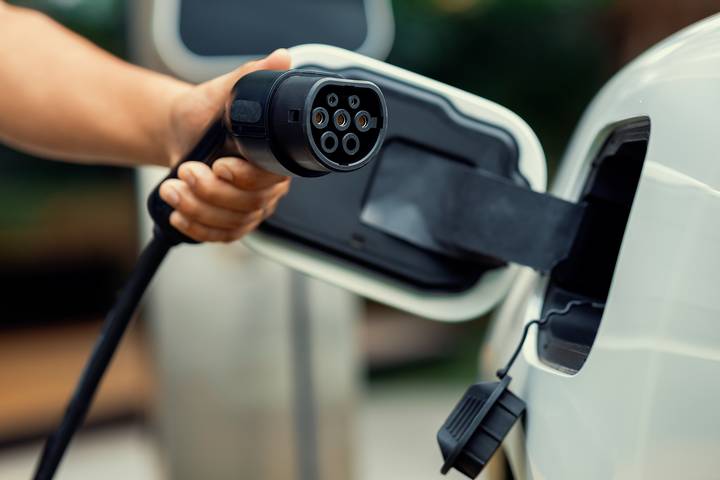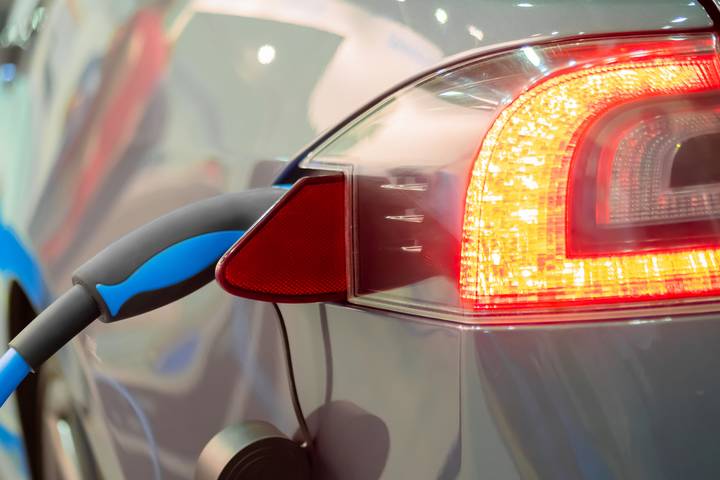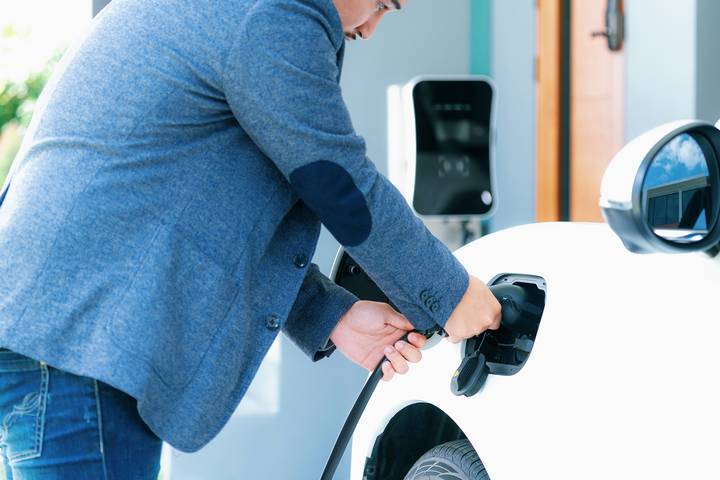
Owning an electric vehicle takes adjusting for new drivers looking to charge their EVs. From home to public EV charging stations, a driver must be aware of their battery life and where the nearest charger is. While skipping expensive trips to the pumps is a big advantage, when it comes to charging, one must understand how to use EV charging stations to make the most of their electric vehicle.
Here is a simple rundown of how to drive and refuel at EV charging stations.
How to Charge Your Electric Vehicle

First, park your vehicle by the commercial charging station. Turn it off.
Then, remove the connector from the station and plug it into your vehicle’s port.
Next, use the start button on the station to start charging if it does not start charging automatically.
When you want to finish the charging session, use the stop button on the charging station. Remove the plug after it unlocks from your port. Be sure to put the cord and plugs back in the right locations to ensure no damaged equipment when you pull away.
How Long to Charge
The time to charge an electric vehicle depends on the EV charging station type, the battery type, and how much battery life you have left. To charge an EV from empty can take as little as 20 minutes or as much as 40 hours.
How Much Does EV Charging Cost?
Electricity isn’t free. However, the average EV driver will spend 60% less on fuel costs compared to if they had a gas vehicle. As gas prices have increased in recent months to record highs in some parts of the country, the savings are even more.
Where Are EV Charging Stations?
EV charging stations are not as ubiquitous as gas stations. However, new electric vehicle charging stations are being built every day. Many EV charging station apps, such as ChargeHub and PlugShare, can locate nearby electric vehicle chargers. If you’re a Tesla driver, you can also use your in-car navigation to find the nearest Tesla Supercharger.
Types of EV Charging

While each EV charging station type is used similarly, there are three EV chargers. Knowing the difference between levels is important because they each have a different charge time.
Level 1 EV Charging Stations
Level 1 chargers plug your EV into a regular 120-volt outlet. This is the slowest type of EV charging station there is. If you’re charging from empty, it will take 40-50 hours to get a full charge done.
Level 2 EV Charging Stations
Level 2 chargers use a 220-volt outlet and charge significantly faster than Level 1 chargers. They’re the most common charging station in public and available for home use, capable of charging your EV in as little as four hours.
Level 3 EV Charging Stations
Level 3 chargers are direct current fast chargers or DCFCs. They can charge your vehicle from empty to full in at least twenty minutes. Level 3 chargers are the most expensive to use but are a category of EV charging station that is always getting faster and more widely available.
Types of EV Plugs and Charge Ports
Just like with smartphones, there are different types of EV charge ports. For Level 1 and Level 2 charging in North America, all non-Tesla electric vehicles have a J1772 plug; for Level 3, they use a CCS or CHAdeMO plug. All Tesla EVs have their own proprietary plugs and charge ports, though there are J1772 adapters that can be purchased to ensure your vehicle can charge at any charging station.
Costs of EV Charging

If you decide to predominantly use your home EV charger, to know the cost, multiply your car’s kWh/100 miles rate by your electricity rate, which is typically included on your utility bill. This will show you the cost to charge for every 100 miles driven. A rough estimate in most parts of North America suggests that charging at home is the equivalent of fueling at a buck per gallon of gasoline.
The times quoted here are all based on empty batteries. Your EV will rarely have a totally low battery. You do not need to wait for a low battery to charge. It’s encouraged to take every opportunity to charge your EV as it prolongs battery life.
Know how much you need to drive daily. The average car owner drives only 49 kilometres a day. Based on this, the average driver can easily get away with a Level 2 charger overnight.
